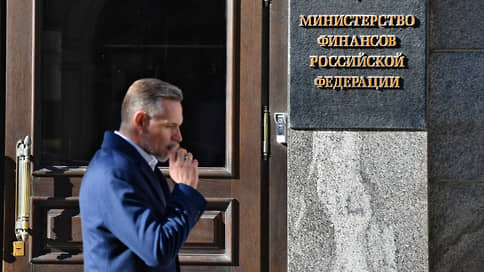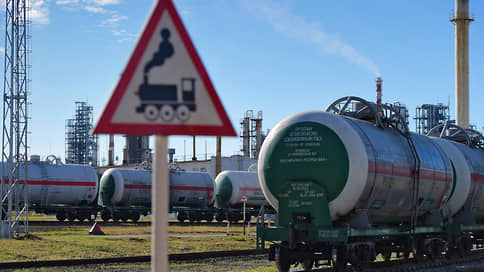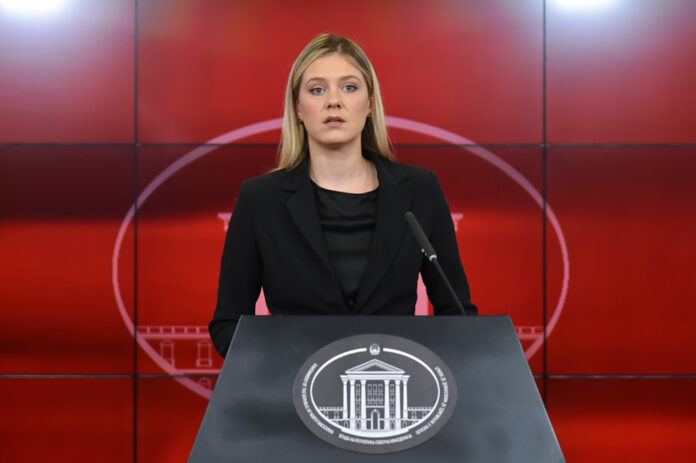For the first time in a month, the Ministry of Finance placed government bonds worth more than 100 billion rubles.

For the first time in a month, the Ministry of Finance placed government bonds worth more than 100 billion rubles. The previous auctions against the backdrop of the weak interest of investors were sluggish, and the emitter even had to cancel the placement of two OFZ issues. Now the investors have come to life again, waiting for the mitigation of the Monetary policy of the Central Bank and geopolitical warming. However, the issuer also offered them more attractive short papers, and also did not stint for a premium for profitability to the secondary market.
On April 16, auctions for the placement of government bonds were held with increased interests of investors. The total amount of demand amounted to almost 200 billion rubles, which was not observed since mid -March. At the same time, the Ministry of Finance offered investors that are already familiar to the bonds with a permanent coupon (OFZ-PD), which are already familiar this year, without experimenting with less popular inflation bonds, the auction for which was canceled a week ago (See “Kommersant” from April 10). Moreover, one of the issues was the shortest of those located this year, with repayment in August 2029. In the previous months, short issues were repayment after five to six years.
As a result, four -year OFZs were placed in full by 50 billion rubles. The placement of longer, fifteen -year -old papers exceeded 62 billion rubles.
As a result, the volume of placements has become a record over the past month, reaching 112 billion rubles. At the same time, the Ministry of Finance did not stir up for the premium for profitability to the secondary market.
The weighted average profitability of the four -year output amounted to 16.38% per annum, which, according to the chief analyst of BC “Region” Alexander Ermak, suggests a bonus of 5 b. n. “At the second auction, the weighted average profitability amounted to 16.1% per annum, that is, with a prize of 7 b. n. to the average level of the secondary market, ”the expert notes. A less high bonus for the first release may be due to a shortage of such papers on the market. “Buying at the auction is a rare opportunity to take such paper,” said Igor Kirillov, head of the department of bonds of the Ingosstrakh-investment Criminal Code.
In general, the conjuncture of the debt market over the past week has improved markedly. During this time, the RGBITR GOO -RGBITR GOO -Heligenia index increased by 2.2%, having played most of the decline in the beginning of the month. As a result, profitability in average market decreased by 24 b. p. After growth by 49 b. n. A week earlier. The profitability of medium -term papers fell below the level of 16% per annum, long -term – approached 15.2% per annum. “A positive factor for Russian assets was the arrival of the US Special Supervisor Steve Whitkoff to Russia on April 11 and increased expectations to reduce geopolitical tension,” said Mikhail Vasiliev, chief analyst of the Sovcombank.
The depreciation of inflation also had a favorable effect on the debt market.
According to the Central Bank, seasonally adjusted inflation (which affects the decision on the key rate) in March decreased to 7.1% from 7.5% in February and 10.3% in January. “Inflation data shows that the Russian Bank manages to restrain inflationary trends and he can soon begin to reduce the key rate,” says Igor Kirillov.
In the case of a sustainable trend for slowing inflation, the situation in the debt market will continue to improve, which will positively affect the capabilities of the Ministry of Finance to attract funding, especially since the plan for the second quarter of 2025 was increased from 1 trillion rubles. up to 1.3 trillion rubles. “The prerequisites for the further slowdown of inflation are weak lending against the background of a high key rate, a strong ruble, normalization of budget expenditures (budget policy ceases to be stimulating after high state expenses in December -February),” says Mikhail Vasiliev. According to him, annual inflation will pass its peak (10.5%) in April and by the end of the year will slow down to 5.8%. This will contribute to a further reduction in deposits and revenues of bonds, which will stimulate investors’ demand for bonds with a constant coupon. “For a more significant improvement in the mood of the market participants, clear signals from the Central Bank or at least a clear slowdown in weekly inflation are required,” Raiffeisenbank analysts say.






